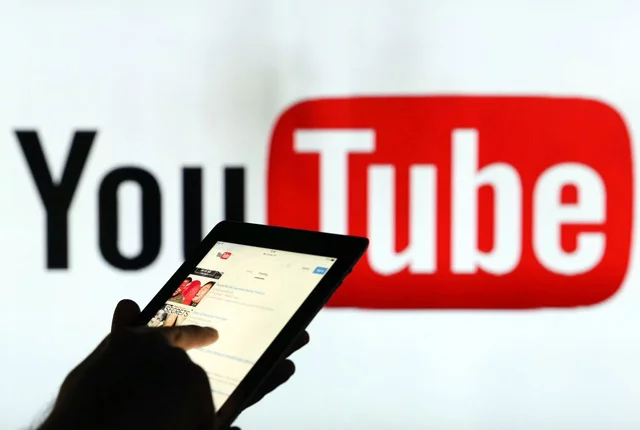EVERY YouTube video must be categorised before 2020 or face penalties
YouTube have updated their policies meaning that every video needs to designate whether it is made for children or face potential consequences.
Every video on YouTube must mark it’s content as ‘Made For Kids’ or ‘Not Made For Kids’ by January 1st, 2020. Creators who don’t designate their videos before the deadline face the potential to lose out on views and access to their videos.
The policy brings YouTube in-line with the Children’s Online Privacy Protection Act (COPPA). YouTube and parent company Google were recently sued based on the act, for using information on children to present them with personalised advertising. Whilst it is only a US law, the changes to YouTube’s policy will be made globally.
There is also the potential to lose out on features on each video, such as comments which won’t be available. Likes/dislikes and subscription numbers will also be hidden on ‘Made For Kids’ content to ensure minimum engagement from children on the platform.
Content that is marked as ‘Made For Kids’ will not serve personalised adverts on 123movies. It is part of YouTube’s emphasis on making their open platform a safe and responsible place for children who can be at risk to exposure online.
Content marked as ‘Made For Kids’ must specifically be for a young audience, not simply open for children to watch.
When deciding whether content is ‘Made For Kids’, creators must consider:
- Subject matter of the video (e.g. educational content for preschoolers).
- Whether children are your intended or actual audience for the video.
- Whether the video includes child actors or models.
- Whether the video includes characters, celebrities, or toys that appeal to children, including animated characters or cartoon figures.
- Whether the language of the video is intended for children to understand.
- Whether the video includes activities that appeal to children, such as play-acting, simple songs or games, or early education.
- Whether the video includes songs, stories, or poems for children.
- Any other information you may have to help determine your video’s audience, like empirical evidence of the video’s audience.
YouTube will use machine learning to help them identify what content is Made For Kids, scanning for videos with “an emphasis on”:
- Children or children’s characters.
- Popular children’s programming or animated characters.
- Play-acting, or stories using children’s toys.
- Child protagonists engaging in common natural play patterns such as play-acting and/or imaginative play.
- Popular children’s songs, stories or poems.
YouTube have given creators 4 months to make the changes to their videos in the newly launched YouTube Studio. However, a lot of older videos and channels will be affected by the changes as well as creators who may have missed the memo – even if YouTube have tried to make it clear.
Creators and parents must now consider:
- Understand COPPA and your legal responsibilities as a creator. You can learn more about COPPA here. You need to consider your applicable legal obligations when evaluating whether your content may be made for kids, including how the age of a child is defined in your country. Consult legal counsel if you have additional questions.
- Understand our Terms of Service and your responsibilities as a general YouTube user. YouTube is a general-audience site; our Terms of Service are clear that users may use the service if they are above 13 or the relevant minimum age in their country. We recommend parents use YouTube Kids if they plan to allow kids to watch independently.
- Learn about other ways to monetize. We’ll continue to serve non personalized ads (ads that are shown based on context rather than on user data). This Help Center article outlines some types of non personalized ads under “Content targeting”.
- If you’re a parent, make sure you’re aware of YouTube Kids and its benefits.
